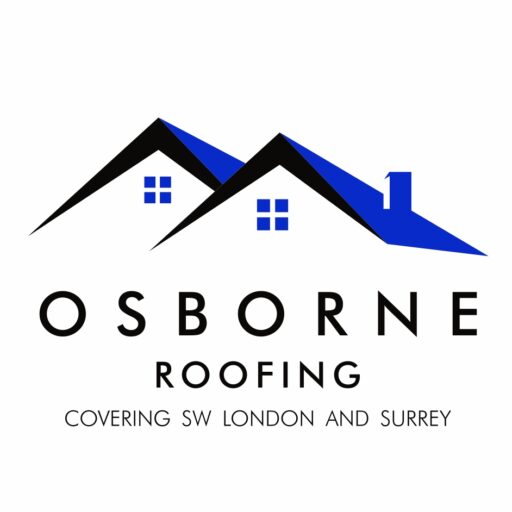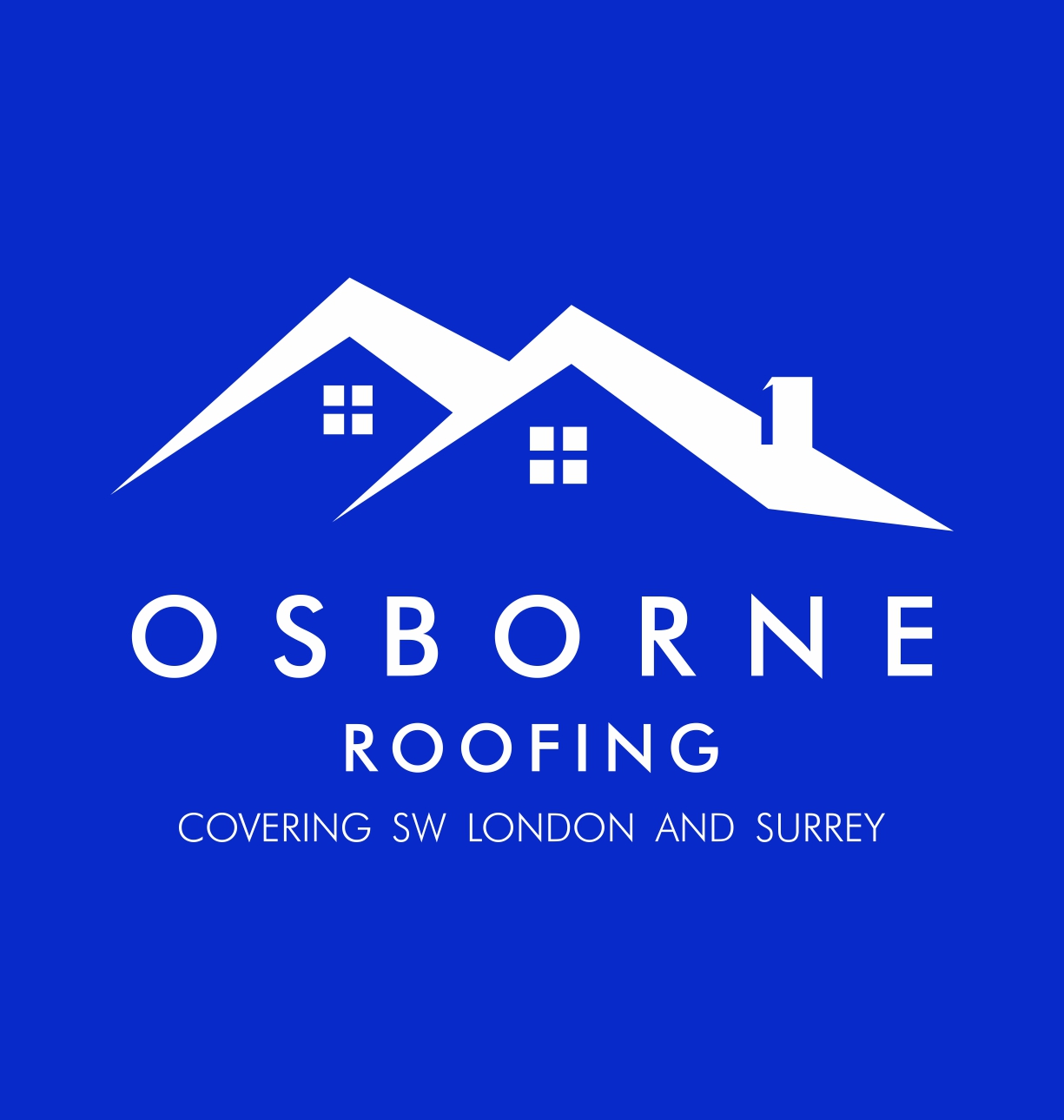+44 7853 968135
What is the cheapest roofing for a flat roof?
Finding cost-effective roofing solutions for flat roofs requires balancing initial installation costs with long-term durability and maintenance requirements. The cheapest roofing materials for flat roofs typically include felt, EPDM rubber, and liquid roof coatings, each offering distinct advantages depending on your specific circumstances and budget constraints.
Understanding the true cost of flat roofing extends beyond the initial material price. Installation complexity, expected lifespan, maintenance requirements, and energy efficiency all contribute to the overall value proposition of different roofing materials.
What is the cheapest option for a flat roof?
Traditional roofing felt represents the most economical initial investment for flat roof covering. Three-layer felt systems can cost as little as £15-25 per square metre for materials, making them particularly attractive for property owners working within tight budgets or covering large surface areas where cost considerations are paramount.
However, felt roofing’s affordability comes with important caveats regarding longevity and maintenance. Most felt systems require replacement every 10-15 years, and they’re susceptible to weather damage, particularly during extreme temperature fluctuations that cause expansion and contraction of the material.
Need some Support with Flat Roofing? Speak with a member of our Professional Flat Roofing Team here

What is the cheapest way to cover a flat roof?
Liquid roof coatings emerge as an exceptionally cost-effective solution, particularly for existing flat roofs requiring renovation rather than complete replacement. These seamless coatings can be applied directly over many existing surfaces, eliminating costly removal work whilst providing excellent waterproofing properties at prices ranging from £8-15 per square metre.
The application process for liquid coatings proves relatively straightforward for competent DIY enthusiasts, further reducing overall project costs. Modern formulations offer impressive durability, with high-quality products providing 15-20 years of protection when properly applied and maintained according to manufacturer specifications.
What is the best type of roofing for a flat roof?
EPDM rubber roofing strikes an excellent balance between affordability and performance, typically costing £20-35 per square metre whilst delivering superior longevity compared to traditional felt systems. This synthetic rubber membrane offers exceptional weather resistance and can last 25-30 years with minimal maintenance requirements.
Professional installation ensures optimal performance, though competent DIY installation remains possible for smaller projects. EPDM’s flexibility accommodates building movement effectively, whilst its seamless application eliminates the weak points commonly associated with overlapping felt layers.
| Roofing Material | Cost per m² | Expected Lifespan | Maintenance Level |
|---|---|---|---|
| Traditional Felt | £15-25 | 10-15 years | High |
| Liquid Coating | £8-15 | 15-20 years | Low |
| EPDM Rubber | £20-35 | 25-30 years | Very Low |
| GRP Fibreglass | £35-50 | 30+ years | Very Low |
The Building Regulations guidance from HM Government provides essential requirements for flat roof installations, ensuring compliance with current construction standards. Understanding these regulations helps avoid costly modifications during or after installation.
What is the best material to cover a flat roof?
GRP (Glass Reinforced Plastic) fibreglass represents the premium option for flat roof covering, offering unparalleled durability and weather resistance despite higher initial costs of £35-50 per square metre. This seamless system creates a completely waterproof barrier that can withstand extreme weather conditions whilst requiring virtually no maintenance over its 30+ year lifespan.
The installation process requires specialist skills and equipment, making professional installation essential for optimal results. However, the long-term cost-effectiveness becomes apparent when considering the extended lifespan and minimal maintenance requirements compared to cheaper alternatives.
| Material Performance | Felt | Liquid Coating | EPDM | GRP Fibreglass |
|---|---|---|---|---|
| Weather Resistance | Fair | Good | Excellent | Outstanding |
| Installation Difficulty | Easy | Easy | Moderate | Difficult |
| DIY Suitability | High | High | Moderate | Low |
| Cost-Effectiveness | Short-term | Good | Excellent | Long-term |
Additional considerations include compatibility with existing roof structures and local planning requirements. The Planning Portal from the Department for Communities and Local Government offers guidance on when planning permission might be required for roof modifications.
Choosing cost-effective flat roof solutions
Determining the most economical flat roof covering requires careful consideration of both immediate budget constraints and long-term value propositions. Whilst traditional felt offers the lowest upfront costs, EPDM rubber and liquid coatings often provide superior value through extended lifespans and reduced maintenance requirements.
The specific characteristics of your property significantly influence the optimal choice. Smaller residential flat roofs might benefit from DIY-friendly liquid coatings, whilst larger commercial applications could justify the higher initial investment in GRP fibreglass systems for their exceptional longevity.
Professional assessment remains invaluable for determining the most appropriate solution for your circumstances. Qualified roofing contractors can evaluate structural considerations, existing roof conditions, and local environmental factors that influence material selection and installation requirements.
Key considerations for choosing the cheapest roofing solution include:
Need Help with Flat Roofing Matters? Talk to one of our Flat Roofing Experts today!
What is the cheapest roofing for a flat roof: Frequently Asked Questions
Traditional roofing felt, the cheapest option, typically lasts 10-15 years with proper maintenance. However, slightly more expensive alternatives like EPDM rubber can last 25-30 years, often providing better long-term value despite higher initial costs.
Yes, both traditional felt and liquid roof coatings are suitable for competent DIY installation, significantly reducing overall project costs. However, proper preparation, weather conditions, and following manufacturer guidelines are crucial for achieving professional results.
Installation costs vary based on roof size, existing surface condition, access difficulty, and material choice. Additional factors include insulation requirements, drainage modifications, and local labour rates, which can significantly impact total project expenses.
Modern felt systems remain viable for budget-conscious projects, though they require more frequent maintenance than contemporary alternatives. Felt roofing continues to be widely used due to its affordability and established installation techniques.
Traditional felt is most vulnerable to temperature extremes, UV exposure, and standing water, requiring regular inspection and maintenance. More expensive materials like EPDM offer superior weather resistance, potentially reducing long-term costs through decreased maintenance needs.
Proper surface preparation includes cleaning, repairing any damage, ensuring adequate drainage, and applying appropriate primers where necessary. Poor preparation can significantly reduce the lifespan of even the most suitable roofing materials.
Yes, flat roof installations must comply with building regulations regarding structural support, insulation standards, and drainage requirements. The Building Regulations from the government provide detailed guidance on compliance requirements.
Measure the roof area accurately, adding 10-15% extra for wastage and overlaps. Complex roof shapes may require professional measurement to ensure adequate material quantities whilst avoiding costly shortages during installation.
Traditional felt requires annual inspections, regular cleaning of drainage systems, and prompt repair of any damage or wear. Liquid coatings need periodic reapplication of topcoats, whilst EPDM requires minimal maintenance beyond keeping drainage clear.
Liquid roof coatings can often be applied directly over existing felt or similar surfaces, reducing removal costs. However, structural assessment is essential to ensure the roof can support additional weight and that proper adhesion is achievable.
Basic installation requires measuring tools, cleaning equipment, adhesives or fixings appropriate to the chosen material, and safety equipment including non-slip footwear. More complex installations may require specialised tools or professional assistance.
Consider your budget timeframe, property requirements, local climate conditions, and maintenance capabilities. Short-term budget priorities might favour felt, whilst longer-term value considerations could justify slightly higher initial investment in EPDM or liquid systems.
Warranty periods vary significantly, with basic felt systems offering 5-10 year coverage, whilst premium liquid coatings and EPDM can provide 15-25 year warranties. Professional installation is often required to maintain warranty validity.
Modern roofing materials increasingly incorporate recycled content and improved end-of-life disposal options. Liquid coatings often contain fewer harmful chemicals than traditional felt systems, whilst EPDM offers excellent recyclability at the end of its extended service life.

